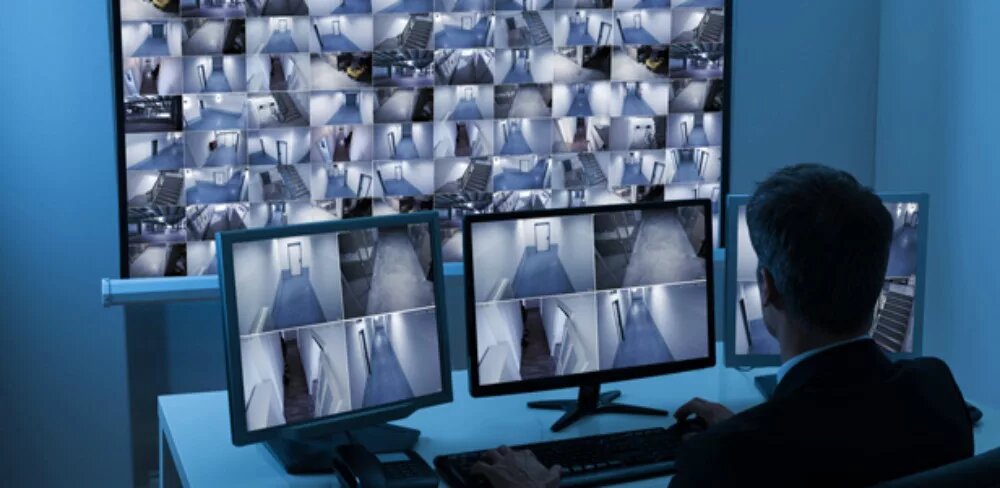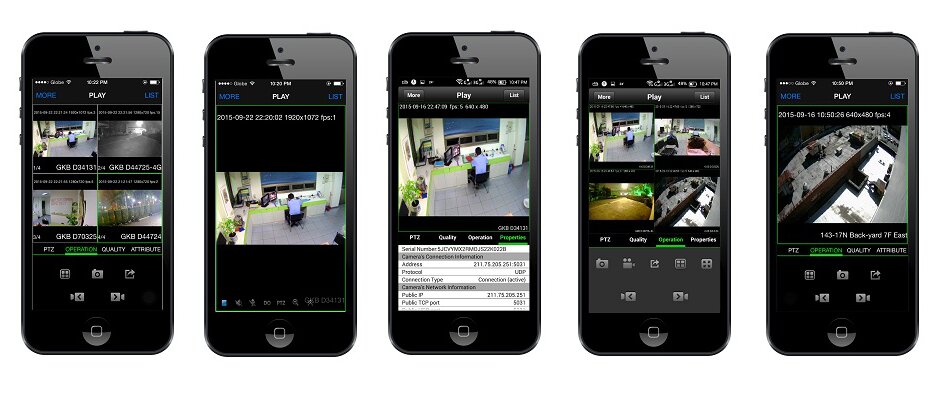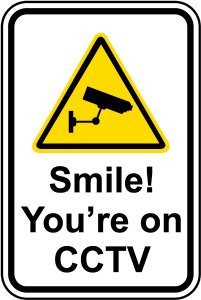What Does CCTV Stand For And How Does It Work?
Whether you are looking for a new video surveillance system or you simply wish to replace your old one, you will most likely come across the term CCTV. In fact, it’s such a common term you’re likely to see it used in everyday jargon. You have probably seen warning signs at properties saying “CCTV In Operation” – everywhere from your bank to your local mini market or coffee shop. But what does CCTV stand for and how does it Work?
The answer depends on the type of system. The systems are defined by the types of cameras used. There are two common types of cameras in use today: Analog and IP-based cameras.

Closed-Circuit Television
CCTV stands for Closed-Circuit TeleVision and refers to the idea that the video footage is sent over a single channel with a set of wires (circuit). That then feeds into a monitor or a recording device (DVR) – creating what is practically a closed circuit. That’s probably the quickest answer to “What does CCTV stand for”. However, what many people refer to as CCTV isn’t actually CCTV when looking at the technology involved. Instead of being broadcast publicly for everybody to see, the cameras and monitors are communicating via a single wired or wireless connection. No other outside connections.
But that's not exactly the answer to "What does CCTV stand for"
Practically, all video cameras can work in this manner when used for entirely recording purposes, the term CCTV in most cases is used exclusively to refer to camera systems which are being used for security monitoring and surveillance. CCTV systems are most commonly used to monitor the outside perimeter of businesses and facilities, entrances, and the inside these buildings. They are also commonly used in home security systems, as well as for traffic monitoring and other law enforcement purposes.

So How Does it Actually Work?
There are different forms of CCTV systems out there, but two common ones are analogue and IP-based systems. To avoid confusion, it is now recognised that the term CCTV covers all types of camera surveillance systems.
Analogue systems are a more traditional form of CCTV that use coaxial cables. They create a connection between the camera and the surveillance monitor or recording system. While very reliable thanks to their analogue coax connections, analogue CCTV cameras and systems shoot in much lower resolutions. They perform less in low-light and other diverse situations that digital systems. They also lack many of the features and capabilities found in newer systems.
IP-based systems run off digital IP (Internet Protocol) and local area networks. These are technically not “Closed-Circuit” or CCTV systems in the same sense as the hardwired analogue systems are but serve the same purpose. As most businesses and manufacturers continue to transition to digital systems, IP-based systems are quickly becoming an industry standard form of CCTV.
What about quality and performance?
IP security cameras are usually capable of higher-resolution video recording (up to 4K, in some cases). Thus, they provide better and clearer images. They are also compatible with many more features than analogue-based systems. These are such as video verification, video analytics, and advanced processing for performance in low-light recording situations. IP CCTV systems can also be extended almost infinitely, allowing more flexibility and more powerful systems than analogue cameras.
IP cameras can run off a company’s or home existing network or can be set up on its own if network speeds are a concern. Unlike analogue cameras, which use coaxial cables to establish a connection, IP CCTV systems generally use Cat5E cables.
Though storing the vast amount of data can be a concern, it’s not unusual for IP CCTV systems to have software that limits how long the video is stored, and at what quality. After a time, video can be compressed to save storage space, for example.
We hope that answered your "What does CCTV stand for" question!

What About CCTV Systems For Home Use?
CCTV systems are usually used to make your home more secure as well. , Professional-grade, high-end solutions for home surveillance can include both analogue or IP-based surveillance networks, while lower-cost and user-friendly solutions might include smart home security cameras and devices. Why not have a look at our cameras?

Interesting Facts:
- There are about 350 million surveillance cameras worldwide as of 2016. About 65% of these cameras are installed in Asia.
- The first CCTV system was installed by Nazi Germany in 1942.
- In the U.S. the first commercial closed-circuit television system became available in 1949.

